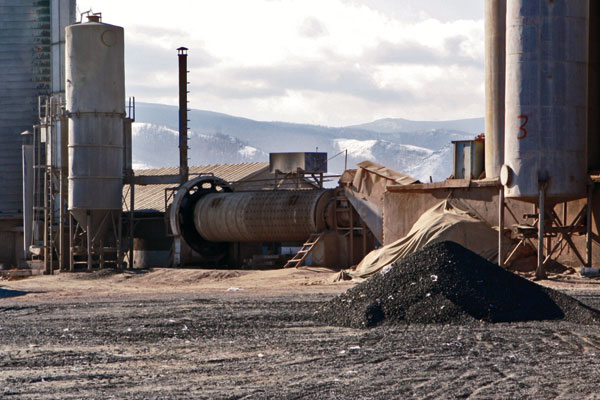Mongolia: insights going forward
In Mongolia, industry has been slow to establish itself in what is a predominantly agrarian society with the herdsman and nomadic lifestyle common to many. However, this situation is changing as the population grows and wealth creation is helping to raise demand for cities and housing, and therefore infrastructure and cement. Ian McInnes reports.

Central Asian Cement operates a grinding plant in Ulaanbaataar
Mongolia’s economic growth has flourished in recent years. In its latest quarterly report in October 2011, the World Bank noted that Mongolia’s GDP expansion had reached 20.8 per cent YoY for the 3Q11, outstripping 17.3 per cent growth for 2Q11. For 2011 as a whole, the World Bank said that it expects Mongolia’s GDP to advance 15 per cent, which is impressive considering the doldrums other countries are facing.
Geographically, Mongolia’s nearly 4700km long border with the People’s Republic of China affords it opportunities to export textiles and mined resources to its neighbour, while a booming home economy demanding buildings and infrastructure ensures a healthy construction industry. In 2011, the government announced that it was set to spend MNT800bn (US$602.6m) for the development of infrastructure in Mongolia. Approximately MNT32bn will be spent on railways, MNT330bn on roads and MNT447bn for general construction and infrastructure.
Quarterly GDP growth of Mongolia’s construction sector surpassed 130 per cent YoY in the 1Q11 and has remained high since then. With inflation running at around 11.9 per cent YoY in September 2011 compared to 9.9 per cent YoY in August 2011, and with Mongolia’s central bank having raised interest rates for the third time in October 2011 to 12.25 per cent, the World Bank says that it is concerned economic forecasts may be too optimistic and that a construction bubble may be building.
This view was partly reinforced in a recent interview conducted by Mongolia-based MAD Investment Solutions during the 4Q11 with Christopher de Gruben, incoming CEO of Real Estate Mongolia (REM) who offered a snapshot of the state-of-play in the country’s construction sector. “Looking towards the future, I see that some sectors of the market still have considerable demand and growth for a number of years while others are heading towards real oversupply,” said de Gruben. “Mid-cost housing is an enormous growth area, so is retail. There are also a number of products, in particular leisure and entertainment products as well as parking garages which do not exist yet which are desperately needed.” De Gruben did note that he saw development in Ulaanbaatar coming in waves with office space being oversupplied in 2009 and 2010, which was absorbed in 2011, and reckoned that the next oversupplied sector would be hotels.

